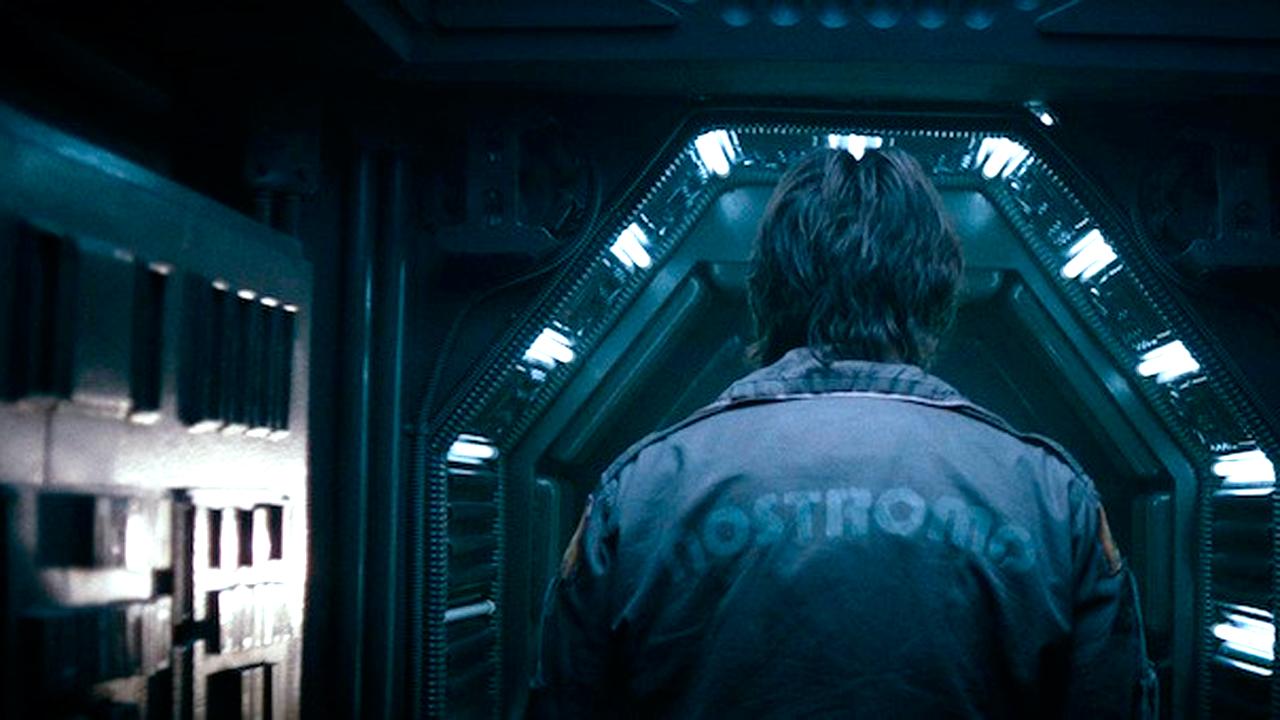Madrid, 16 years old (Europe Press)
The first map of galactic winds helped reveal the location of some of the missing matter in the universe and observe the formation of nebulae around a galaxy.
This unique observation of matter exchange between the galaxy and its environment, detailed in a study published in MNRAS (Monthly Notices of the Royal Astronomical Society), is made possible thanks to the MUSE Very Large Telescope (VLT) instrument.
Galaxies are like islands of stars in the universe and possess ordinary or baryonic matter, which consists of elements from the periodic table, as well as dark matter, the composition of which is still unknown. One of the major problems in understanding the formation of galaxies is that about 80% of the baryons that make up the normal matter in galaxies are missing. According to the models, they were blown from galaxies into intergalactic space by galactic winds from stellar explosions.
An international team led by researchers from CNRS and l’Université Claude Bernard Lyon led by the French side has successfully used the MUSE instrument to create a detailed map of the galactic winds that drive exchanges between a young galaxy in the formation and the nebula (a cloud of interstellar gas and dust).
The team chose to observe the Gal1 galaxy due to its proximity to the quasar, which served as a “beacon” for scientists by guiding them toward the study area. They also planned to observe a nebula around this galaxy, although the success of this observation was initially uncertain, as the luminosity of the nebula was unknown.
The ideal location of the galaxy and the quasar, as well as the discovery of gas exchange due to galactic winds, made it possible to create a unique map. This allowed the first observation of a nebula forming simultaneously emitting and absorbing magnesium (some baryons missing in the universe) with the Gal1 galaxy, CNRS reports.
This type of ordinary matter nebula is known in the nearby universe, but has been assumed to exist only for young galaxies in the formation stage.
Thus, scientists have discovered some of the missing baryons in the universe, confirming that 80-90% of normal matter is found outside galaxies, an observation that will help expand models of the evolution of galaxies.


:quality(75)/cloudfront-us-east-1.images.arcpublishing.com/elcomercio/DXYVIQR6EBGULOFBFA2HOAQVIM.jpg)


